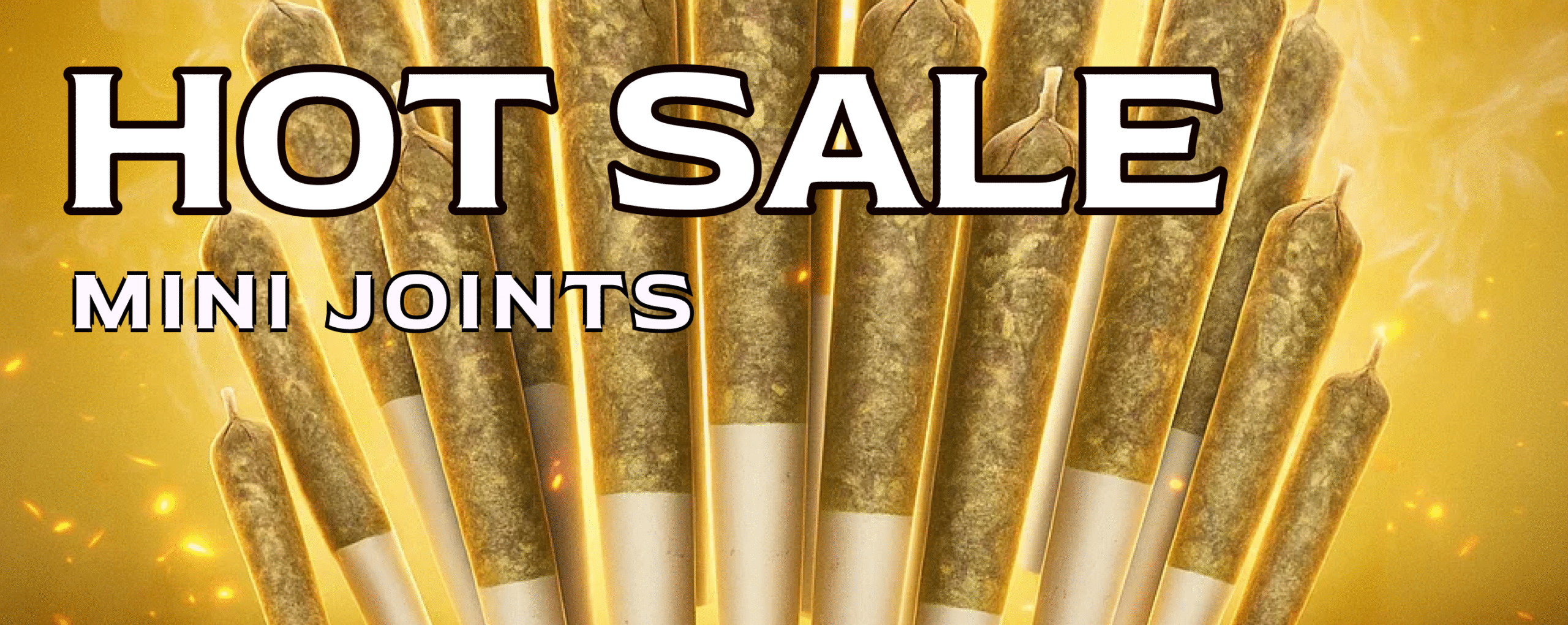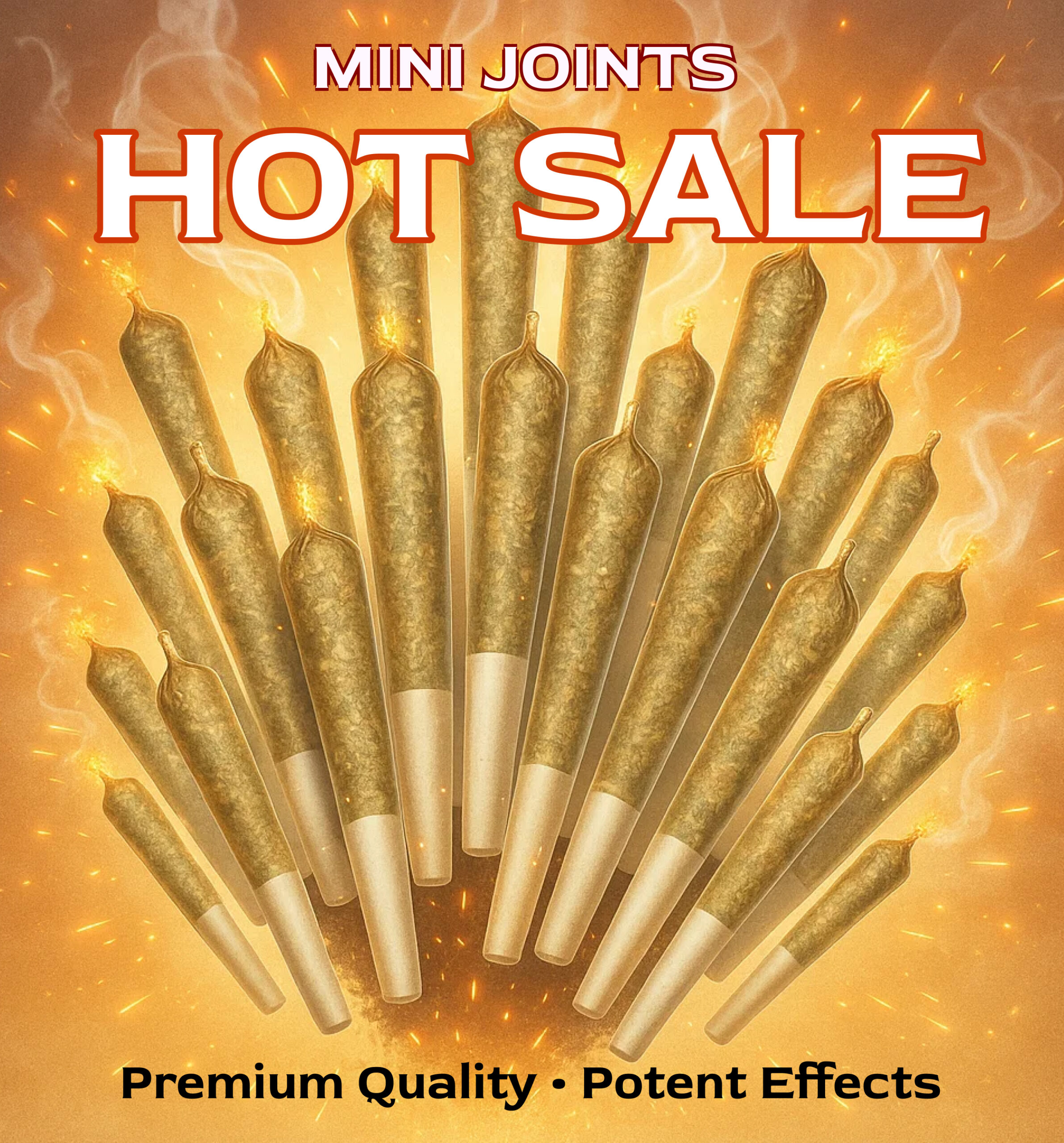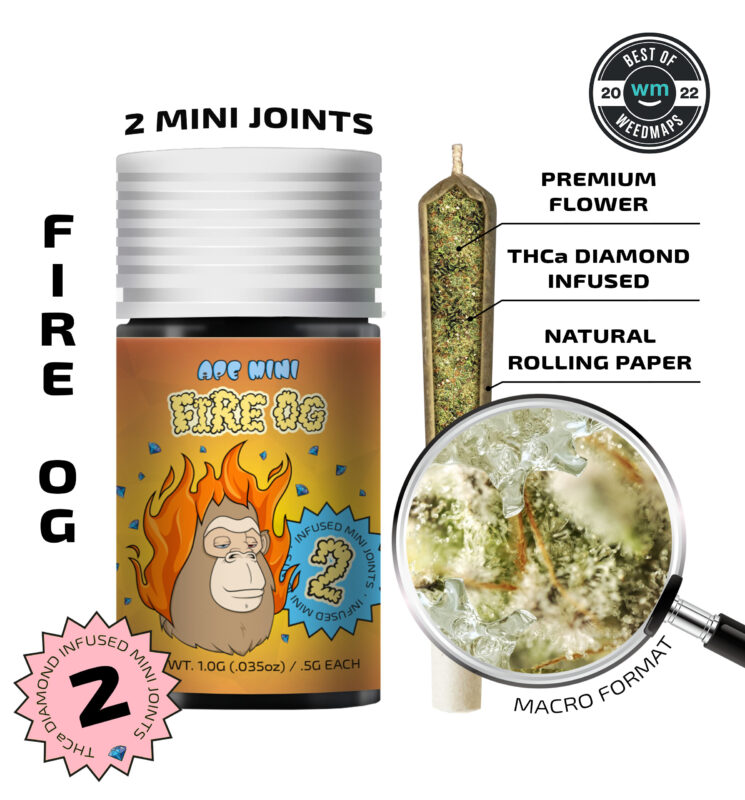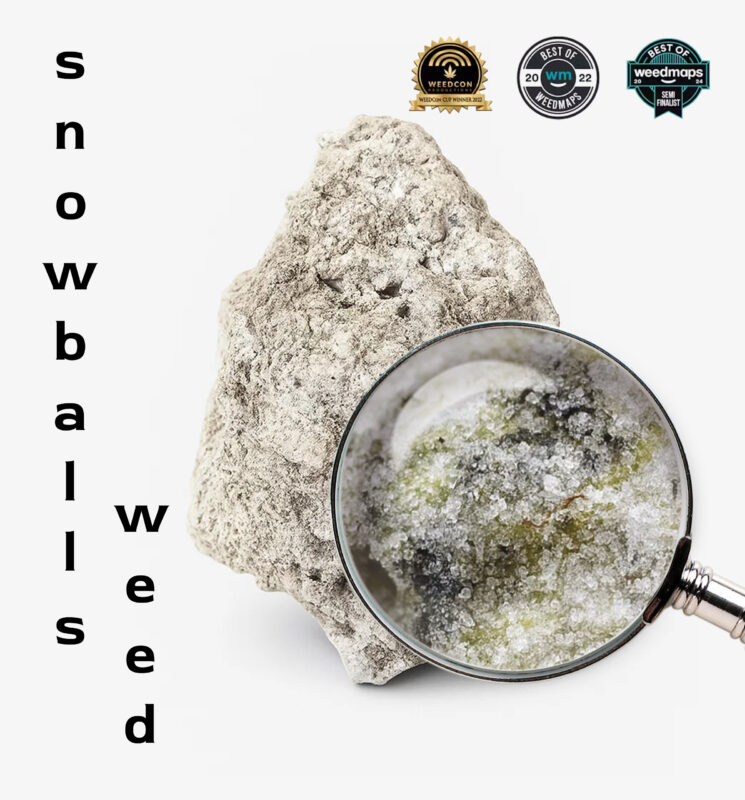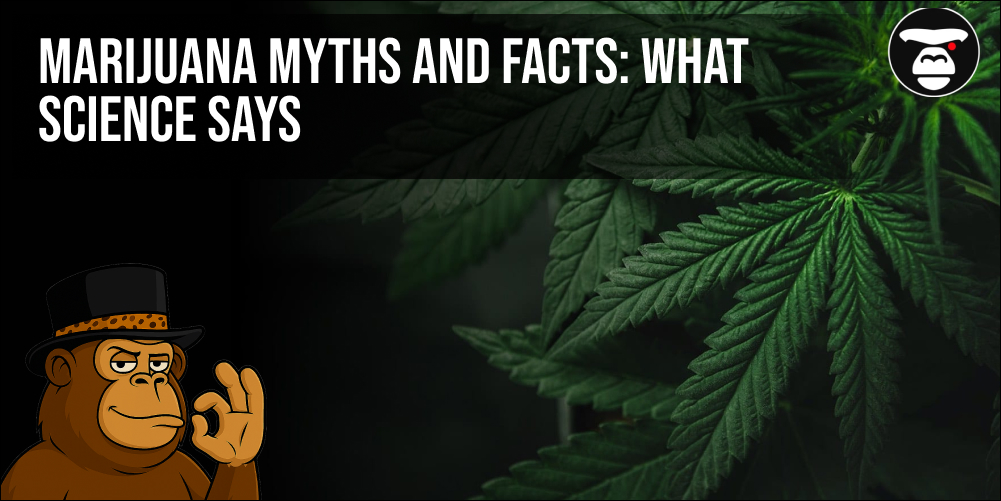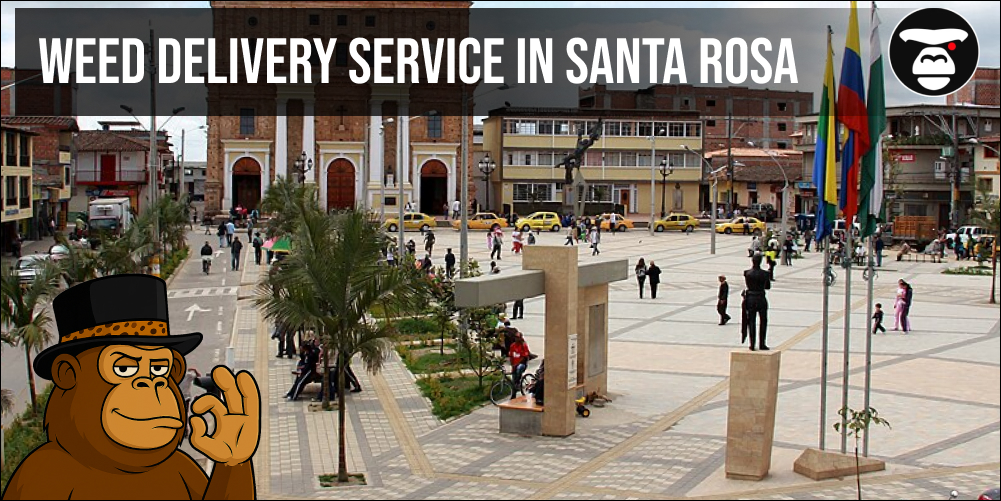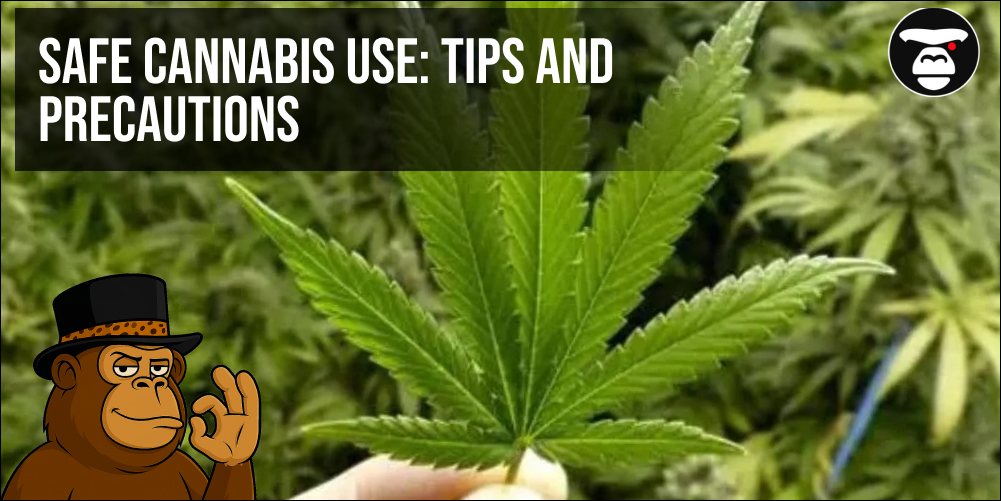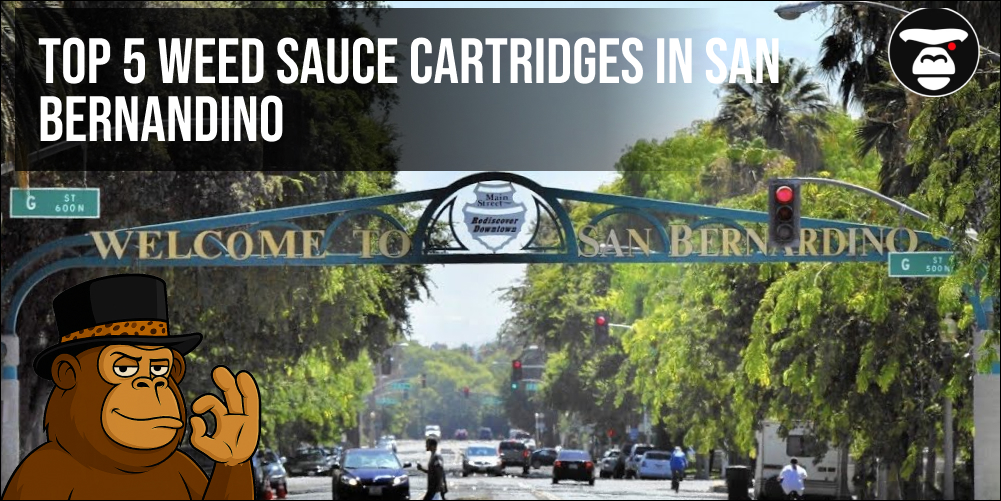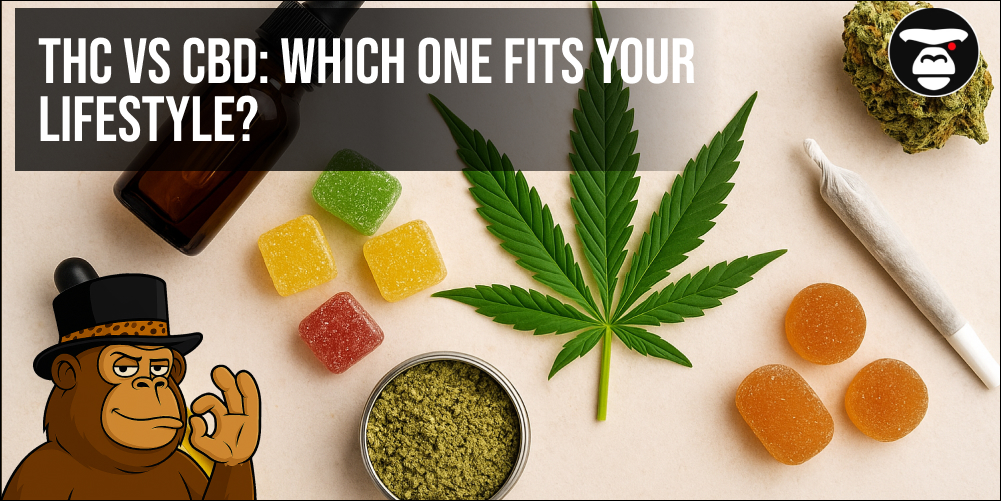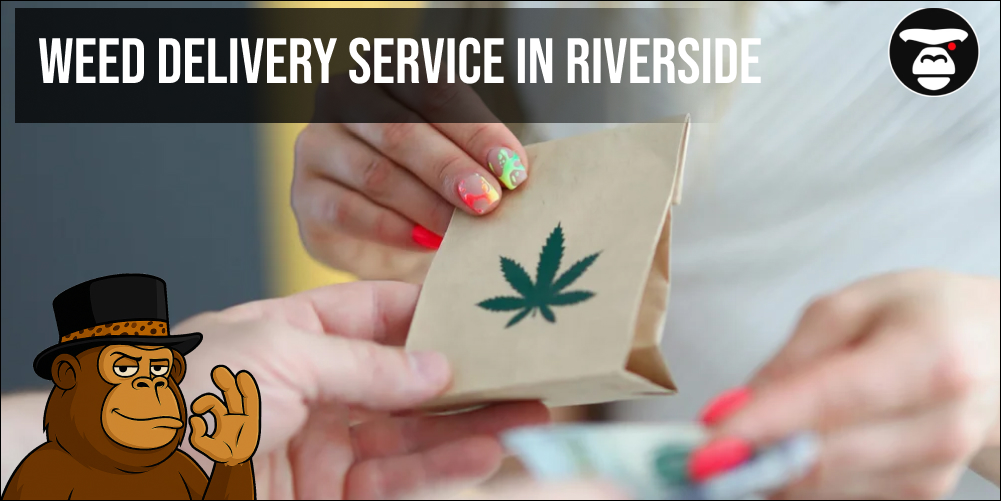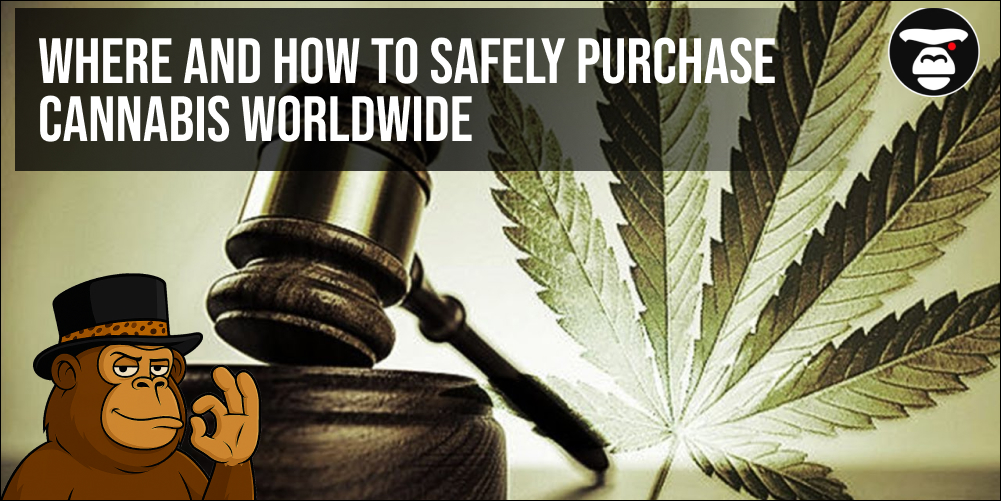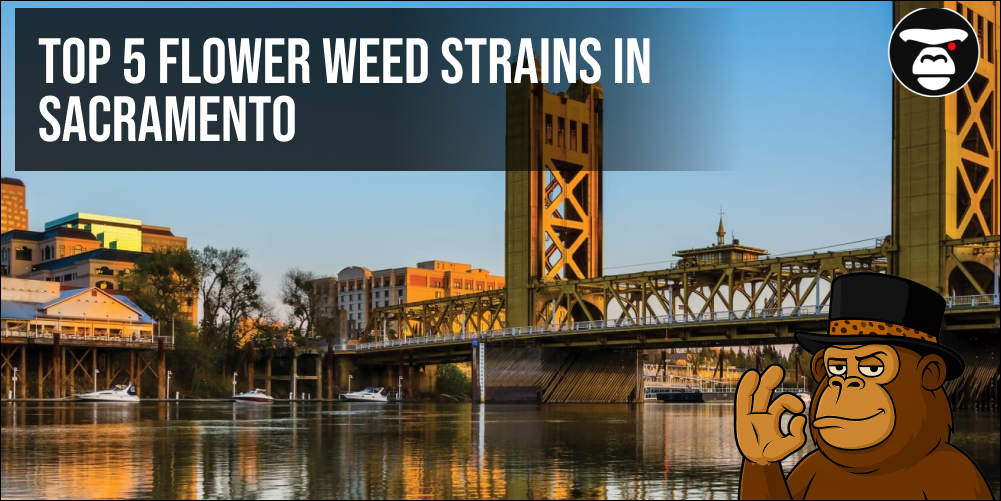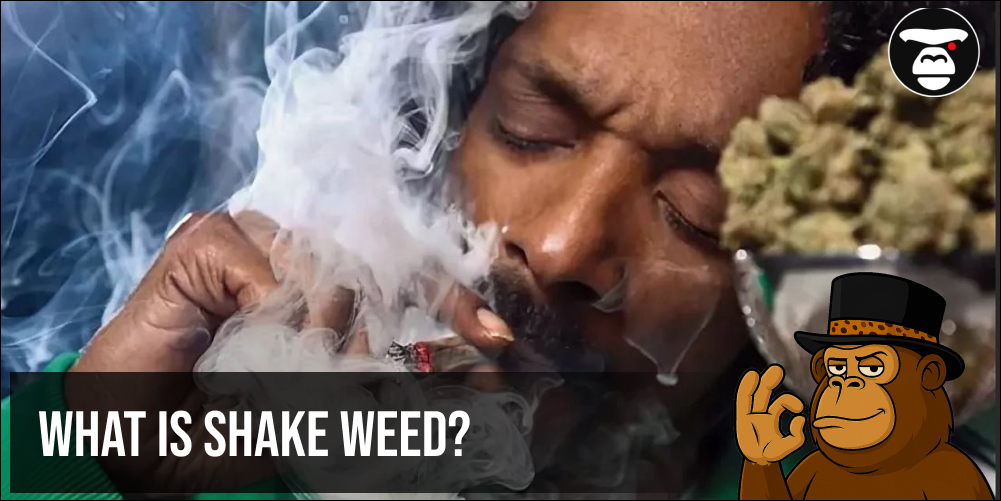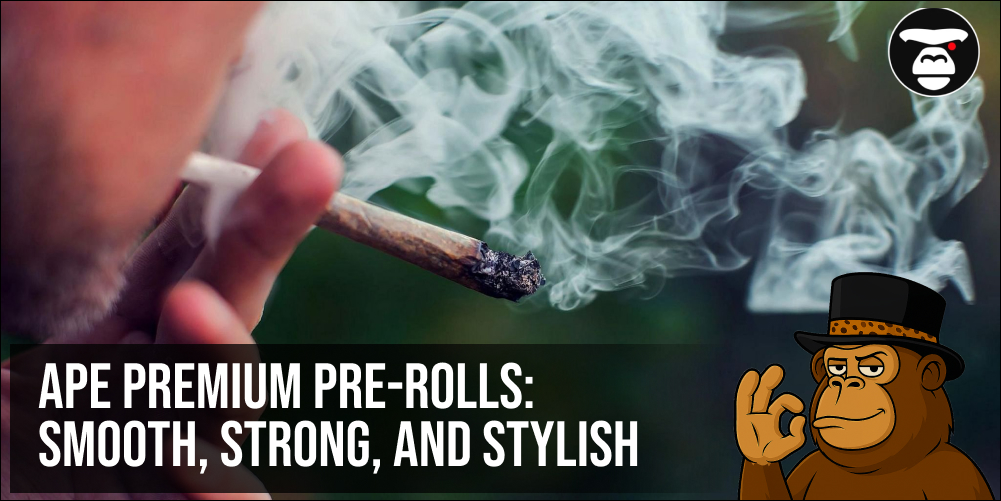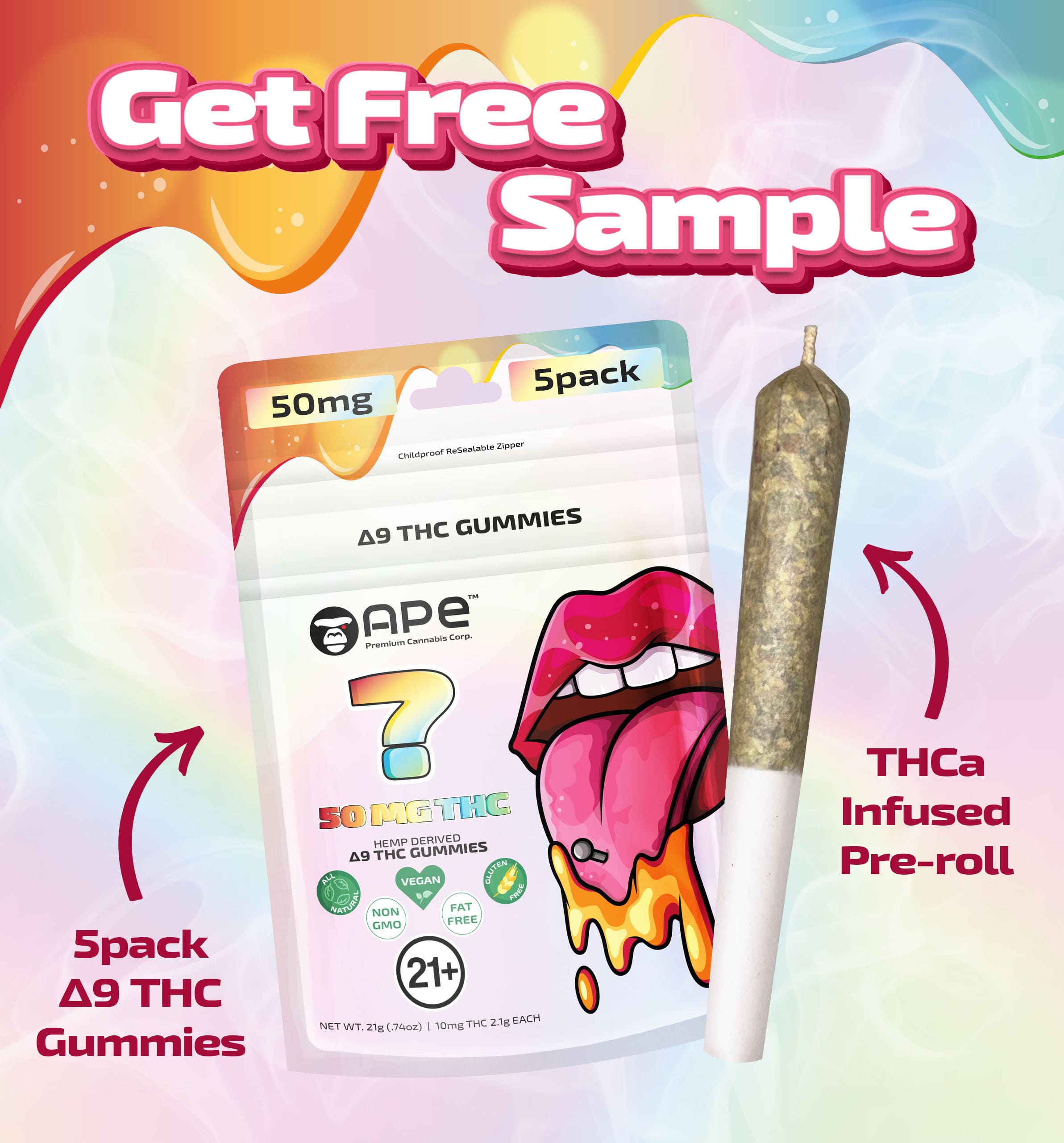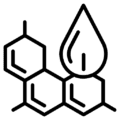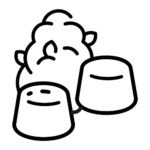
Weed Education
How can you tell if a variety is of poor quality or fake?
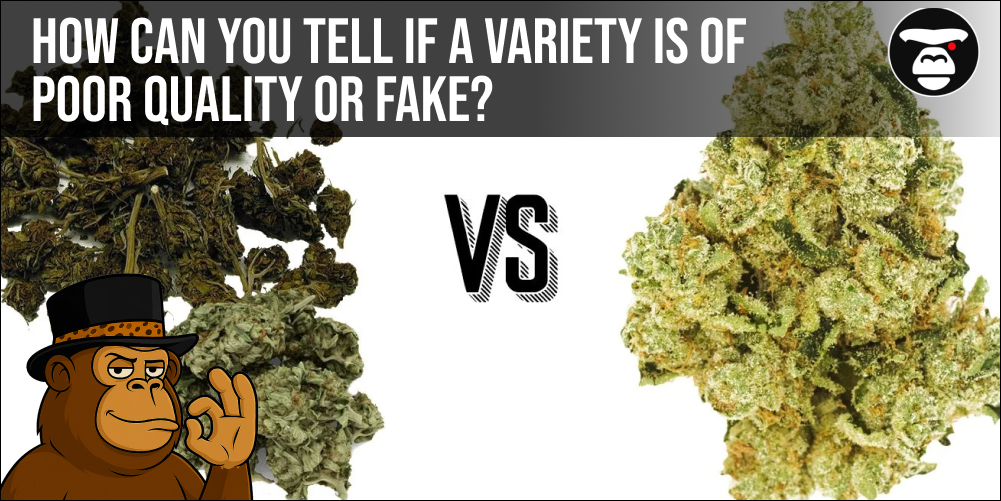
In today’s booming cannabis market, consumers are spoiled with choices. Everywhere you look, there are vibrant packages with creative names promising legendary effects. But the reality is that not every product matches the hype, and understanding how can you tell if a variety is of poor quality or fake? has never been more important. This isn’t simply about avoiding disappointment; it’s about protecting your wallet, health, and experience. Poor-quality or counterfeit strains can be grown without proper care, stored improperly, or even contaminated, leading to harsh smoke, ineffective results, or worse—harmful substances you don’t want in your body.
Beyond safety, recognizing the difference between quality cannabis and a fake product empowers buyers to make better decisions. Many low-quality strains are sold at “premium” prices because slick marketing disguises their flaws. Others are outright counterfeits, mislabeled as rare or “exotic” genetics to lure buyers. Understanding how can you tell if a variety is of poor quality or fake? gives you control over your purchase, ensuring you receive the terpene-rich, potent experience you’re actually paying for. Developing a trained eye, nose, and sense for cannabis isn’t difficult, but it does take awareness and attention to detail. One strong piece of advice: don’t let impressive packaging cloud your judgment; true quality shows in the product, not the label.
Key signs to watch out for:
- Buds that are brittle, overly dry, or crumble into dust with a light touch.
- Generic or overly reused strain names that don’t match effects or aroma.
- Sellers who avoid showing lab results, batch information, or the source of the product.
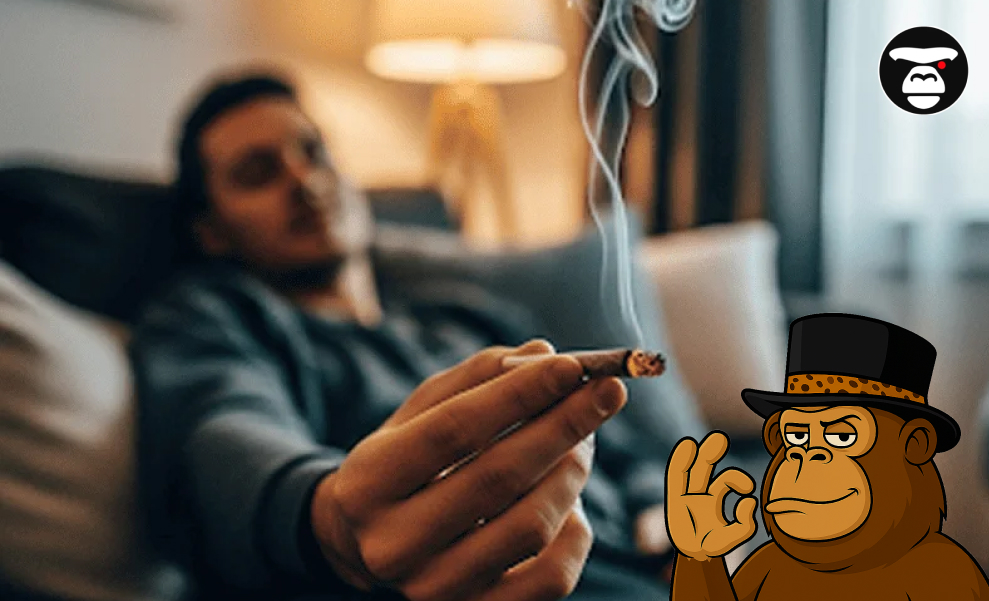
Visual Red Flags: What Bad Buds Usually Look Like
One of the most obvious ways to assess cannabis quality is by looking at it closely. The eye test can tell you a lot about how can you tell if a variety is of poor quality or fake? Buds that are too dark, pale, or look “off” usually are. High-quality flower should have vibrant colors, glistening trichomes, and a well-manicured appearance. When the buds look sparse, leafy, or contain lots of seeds and stems, that’s a clear sign of rushed or careless cultivation. Some counterfeits even spray products with oils or chemicals to make them appear frostier or more potent than they really are, which is a major red flag.
Another thing to note is the overall bud structure. Authentic strains tend to be dense and compact, especially indica-dominant types. In contrast, poorly grown or fake cannabis can look fluffy and airy, like it was rushed through the growing cycle. Don’t ignore color either. Buds should display shades of green, orange, purple, or amber naturally. Dull brown or gray tones can indicate age, mold, or improper curing. If a product’s appearance makes you question its quality, you probably already know the answer. Also, be wary of buds that are “too pretty” and glitter excessively; some low-quality growers add powders or coatings to make cannabis look more crystalline.
Things to spot visually:
- Buds that glisten unnaturally or feel greasy, suggesting they were sprayed.
- Brownish, faded, or gray coloring, indicating age, mold, or improper storage.
- Fluffy, airy buds filled with stems or seeds, showing poor growing practices.
The Smell Test: Trust Your Nose
Cannabis should smell good—really good. When wondering how can you tell if a variety is of poor quality or fake?, your sense of smell is one of the best tools you have. High-quality cannabis has a distinct, complex aroma thanks to terpenes, which are naturally occurring compounds that give each strain its signature scent. If you open a jar and get hit with a rich, layered bouquet, that’s a good sign. But if the smell is flat, grassy, or like dried hay, it’s likely the product wasn’t properly cured. On the flip side, if the aroma is overpowering and perfumey, it may have been artificially enhanced with synthetic terpenes or additives.
Your nose can also help you detect contamination. Moldy cannabis often carries a sharp ammonia-like odor or a musty smell, while pesticide-heavy flower may smell harsh and chemical. Trust those instincts; your sense of smell evolved to detect danger, and it applies here too. Overly sweet or candy-like scents that don’t match the strain’s usual profile can also be a sign that something artificial was added.
Scent-based red flags include:
- A hay-like or grassy smell that signals poor curing or old age.
- Overly artificial fruit or perfume notes, pointing to synthetic additives.
- A complete lack of aroma, which suggests terpene degradation or stale product.
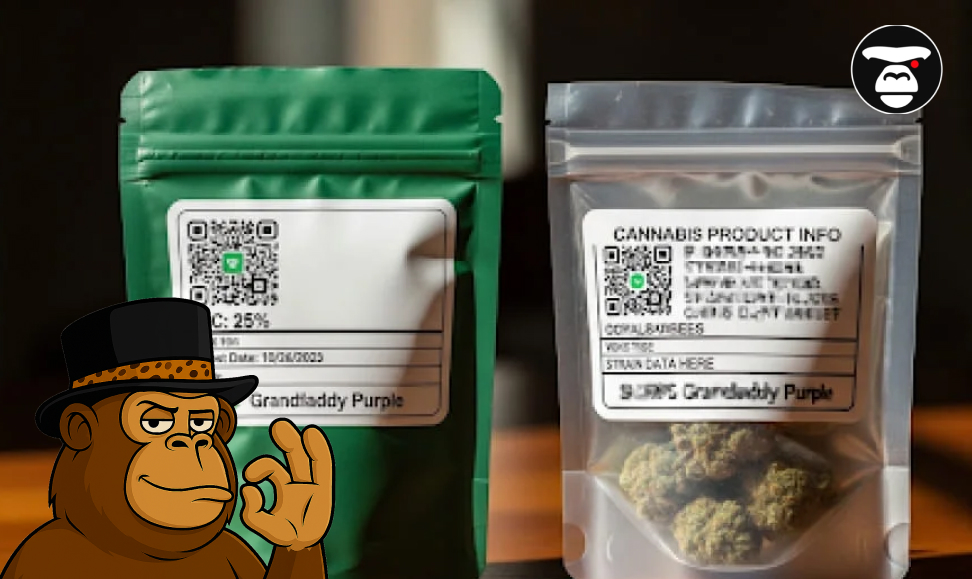
Texture and Touch: Feel the Difference
Touch is another reliable way to determine how can you tell if a variety is of poor quality or fake? When you handle premium cannabis, it should feel slightly sticky from natural resin, spring back when gently squeezed, and break apart cleanly without turning to dust. Poor-quality cannabis often crumbles at the slightest touch because it’s overly dry, while counterfeit products might feel greasy or coated in a way that doesn’t feel natural.
Texture also reveals how the cannabis was dried and cured. Buds that are too wet are at risk for mold, while those that are too dry will burn harshly and lose potency. Authentic flower should grind evenly and stick together slightly, thanks to the presence of healthy trichomes. If the grind turns into powder or clogs up your grinder with a sticky mess, that’s a sign the product wasn’t stored or processed correctly. Some fakes are even sprayed with sugar solutions or oils, which will leave a tacky residue on your fingers—a clear giveaway.
Warning signs you can feel:
- Buds that shatter or crumble instantly because they’re too dry or old.
- Damp, overly sticky nugs that feel coated, possibly indicating contamination.
- An unnatural slimy or greasy film, suggesting fake enhancements or additives.
Effects Don’t Lie: If It Doesn’t Hit, It’s Probably Fake
At the end of the day, cannabis is about the experience. But what if the effects don’t match what was advertised? This brings up the crucial question: how can you tell if a variety is of poor quality or fake? Genuine strains produce predictable effects based on their cannabinoid and terpene content. If you’re expecting a strain to energize you but instead it leaves you groggy and unfocused, something is wrong.
Weak potency or inconsistent effects can mean the flower wasn’t grown to its potential, has degraded over time, or is mislabeled. Fake or poorly grown strains may lack the THC or CBD levels they claim to have, leaving users frustrated. Worse, contaminants or chemical sprays could cause unexpected side effects like headaches or nausea. A true premium product should deliver exactly what its label promises. Always monitor how long the high lasts; products that fade unnaturally fast often haven’t been cultivated or stored properly.
When the high feels wrong:
- Little to no noticeable effects, or effects fade unusually fast.
- Strange reactions like headaches, fatigue, or coughing fits.
- Effects that completely mismatch the strain description, e.g., sedative instead of uplifting.
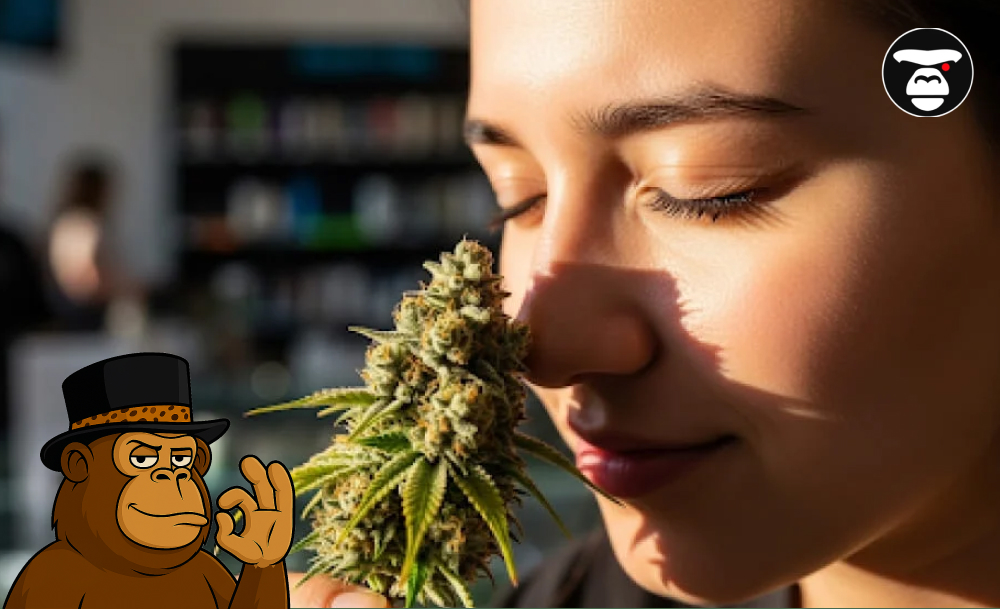
Packaging Tricks: When Branding Masks Reality
Today’s cannabis packaging can be just as flashy as the products themselves, but appearances can be deceiving. How can you tell if a variety is of poor quality or fake? Check the packaging details carefully. Authentic brands typically list the strain name, cannabinoid content, terpene profiles, harvest date, and a batch number. Fake products often lack this information or include generic terms like “top-shelf” without proof.
Counterfeit packaging might also include QR codes that lead to nowhere or to fake lab results. Misspellings, low-quality printing, or packaging that looks suspiciously like a well-known brand’s are all red flags. Just like with any consumer product, the details matter. Real brands invest in professional packaging, while fake products often cut corners. If the container feels flimsy or looks unprofessional, that’s a sign to be cautious.
Packaging pitfalls include:
- No lab reports, batch number, or harvest date printed on the label.
- Suspiciously similar branding to a popular company, often with typos.
- QR codes that don’t scan or link to unverifiable websites.
- Is it possible to distinguish varieties by smell and appearance?
- Which varieties lift your spirits and give you energy?
- Which strains are best for sleep, pain or anxiety?
Ask Questions: Reputable Sellers Know Their Product
When in doubt, ask. Wondering how can you tell if a variety is of poor quality or fake? A good vendor should be able to answer basic questions about their products. Licensed dispensaries and reputable sellers often know the growers they work with and can explain the strain’s genetics, effects, and testing history. If the person selling the product can’t (or won’t) provide information, that’s a major sign you should shop elsewhere.
Asking questions also allows you to gauge how transparent the business is. Reliable sources will gladly show you lab reports or explain how their products are tested for contaminants. Those trying to push fake or low-quality strains often dodge these conversations or overcompensate with buzzwords. Don’t let that slide—your health and experience are on the line. Ask about storage practices, too; even good strains can lose quality if mishandled.
Smart questions to ask:
- Who grew the strain, and when was it harvested?
- Is there a lab certificate verifying cannabinoid and terpene content?
- What effects should I expect, and how strong is the potency?
Protect Yourself: What Real Buyers Should Always Do
Finally, the best defense is a good offense. How can you tell if a variety is of poor quality or fake? By being an informed and cautious buyer. Always purchase from licensed dispensaries, verified vendors, or well-reviewed online sources. Avoid buying products that seem suspiciously cheap or are sold through back channels with no accountability.
Take time to learn what authentic versions of your favorite strains look and smell like. This will make it much easier to spot inconsistencies. And remember: if a deal seems too good to be true, it usually is. Protect yourself by trusting your senses, asking for proof, and sticking to sellers with a track record of quality. Knowledge is the best tool for ensuring a safe and enjoyable cannabis experience.
Final steps to stay safe:
- Stick with trusted, licensed sellers that are transparent about sourcing.
- Learn to recognize authentic strains’ aroma, texture, and appearance.
- Avoid products with unrealistic promises or bargain-bin pricing.
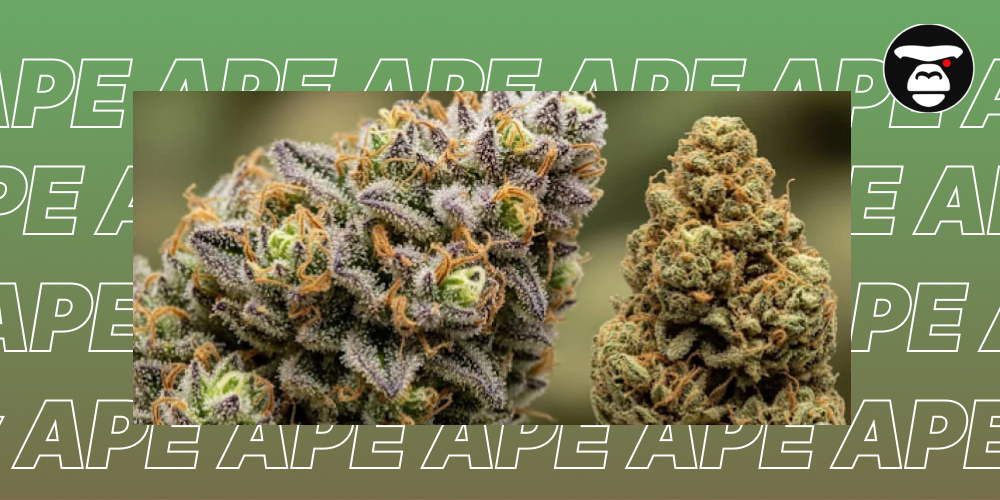
FAQ
Do the effects themselves indicate poor or fake cannabis?
They definitely can. If a strain claims to be uplifting but leaves you tired, or if the effects fade unusually quickly, it may be fake or poorly grown. Harsh smoke, headaches, or an odd chemical aftertaste are other clues that something is off. Authentic strains generally deliver consistent effects based on their cannabinoid and terpene profiles, so listen to your body.
What should I ask the seller before buying cannabis?
Ask about the product’s source, cultivation practices, and lab testing. A reputable dispensary or seller will be transparent and provide lab reports on request. If the seller becomes defensive or vague, that’s a major warning sign. Trustworthy vendors know the details of what they’re selling and will gladly answer questions about potency, genetics, and storage.
Can packaging help identify counterfeit strains?
Yes, packaging details matter more than many people realize. Authentic cannabis brands will include lab results, batch numbers, harvest dates, and sometimes QR codes linking to third-party lab reports. If any of this is missing, poorly printed, or seems suspiciously generic, there’s a good chance the product isn’t legitimate. This is another key answer to how can you tell if a variety is of poor quality or fake?.
Does the smell of cannabis reveal its quality?
Absolutely. Terpenes are what give cannabis its distinctive aroma, and when they’re missing or smell off, it’s a sign the product isn’t fresh or was poorly cured. A hay-like or grassy smell usually signals old or improperly dried cannabis, while chemical or perfume-like scents can indicate additives. A strong, natural, layered aroma is usually a mark of authenticity and quality.
How can you tell if a variety is of poor quality or fake just by looking at it?
Visual inspection is one of the fastest ways to evaluate cannabis. High-quality flower typically has vibrant colors, healthy trichomes, and a dense structure. If buds look dull, brownish, overly leafy, or full of seeds and stems, those are clear red flags. Also be wary of buds that seem unnaturally shiny or greasy, as this can indicate they were sprayed with chemicals to look “frostier.” Understanding how can you tell if a variety is of poor quality or fake? starts with trusting your eyes.

